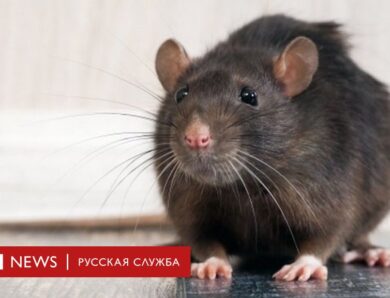Cherry coccidiosis: description of the disease and control measures
Planting cherry seedlings in the backyard, you are already anticipating a rich harvest of juicy sweet and sour berries in the near future. However, after a while you began to notice, that yields are falling, leaves are covered with spots, trees perish. Coccomycosis is a parasitic fungus, who came in the middle of the XX century to the countries of the former USSR from Scandinavia. Domestic varieties of cherries have failed to resist this disease, therefore, farmers observed the extinction of entire cherry orchards. How to identify cherry coccidiosis and fight this disease, as well as what preventive measures should be taken - you will learn about all this from our article.
description of the disease
Coccomycosis and Moniliosis are considered to be one of the most dangerous diseases of fruit and berry plants. (the latter is also known as monilial burn). Cherries fall into the high risk zone, merry, plum, alicha, apricot and other stone crops. These diseases are very difficult to fight. To date, farmers do not know the method, that helps on 100% get rid of coccidiosis and cherry moniliosis.
However, do not despair and give up, if you notice the first signs of the disease in your garden. Let's first define, what is coccidiosis of bone cultures and what are the symptoms of this disease?
Coccomycosis is widespread in central Russia, where high humidity prevails, and the average air temperature is approximately 18-23 degrees above zero. This climate is an ideal environment for the reproduction of various fungal infections. In spring and summer, spores of pathogenic fungi are transmitted through the air and affect more and more plants in the garden. Trees are the first to suffer, growing in the lowlands.
Cherry coccidiosis begins with the defeat of the deciduous crown of the tree. Small dark red spots appear on the leaves, which are rapidly increasing in size. With increasing size, the color of the spots changes, they turn brown. Subsequently, holes are formed in place of the spots, and the leaf blade becomes yellowish. On the reverse side of the sheet you can find a pinkish-white plaque, in which disputes of a fungal infection mature.
Cherries of small size, most often look like bones, which are covered with a thin skin.
In mid-summer, the cherries begin to crumble leaves. By the end of August or early September, the tree sheds all its leaves and stands bare. Often gardeners do not attach importance to such "behavior" of legumes in their garden, blaming everything on acid rain and bad ecology. Unfortunately, affected by coccidiosis plant is unable to cope with winter frosts - in the spring cherries do not "wake up".
methods of struggle
Warned means armed! To protect your garden from coccidiosis, you need to know, what are the measures to combat this disease of cherries and other stone crops.
Garden treatment should begin in the spring, when the first buds on the trees have not yet blossomed. The first stage of treatment is spraying the plants 1-3% Bordeaux liquid solution. As an alternative, as noted by experienced gardeners, one of the fungicides may be used, in particular "oksihom", "Phthalate", "Order", "Captain" or "Speed".
During the flowering cherry orchards should be treated with the drug "Horus", pre-diluted in water (on 10 l of water required 2-3 g means). For regions with high humidity and low air temperature, re-spraying is recommended after, as the trees bloom.
During the period of active fruiting fungicide treatment is stopped. Plants can be treated only with very severe manifestations of cherry disease. However, the fruits of such trees can not be eaten, so as not to harm your health. If you notice the first signs of cherry coccidiosis, treat the leaves with a solution of copper sulfate or ash and soapy water.
To avoid the spread of pathogenic fungal infections to other legumes do not forget to collect and burn all fallen leaves and branches. Before winter, the affected trees are treated with urea, which not only kills subcutaneous spores of fungal infections, but also serves as an excellent fertilizer for cherries.
disease prevention
After getting acquainted with the basic techniques, you now know, how to treat cherry coccidiosis. But, as you know, it is better to prevent any disease, than then eliminate its consequences. Let's consider in more detail preventive measures against cherry coccidiosis:
- in autumn, clean the garden, collect and burn all fallen branches;
- after wintering the soil near the trees should be dug;
- "Wounds", formed as a result of pruning branches, smeared with oil paint or garden pitch;
- when whitewashing trees, add iron or copper sulfate to lime;
- provide plants with good sunlight, and watch, so that legumes do not overshadow other plants.
Video "How to treat cherry coccidiosis"
In this video you will learn about it, how to treat cherry coccidiosis.

